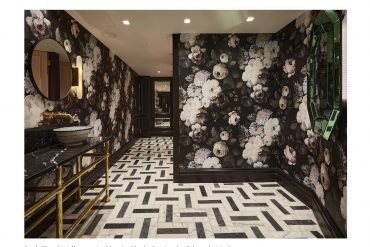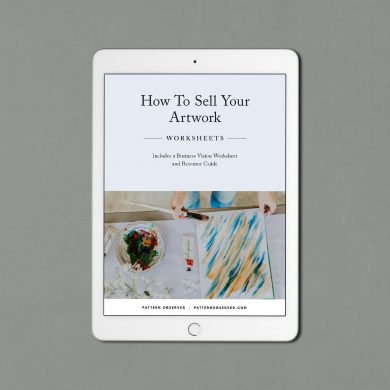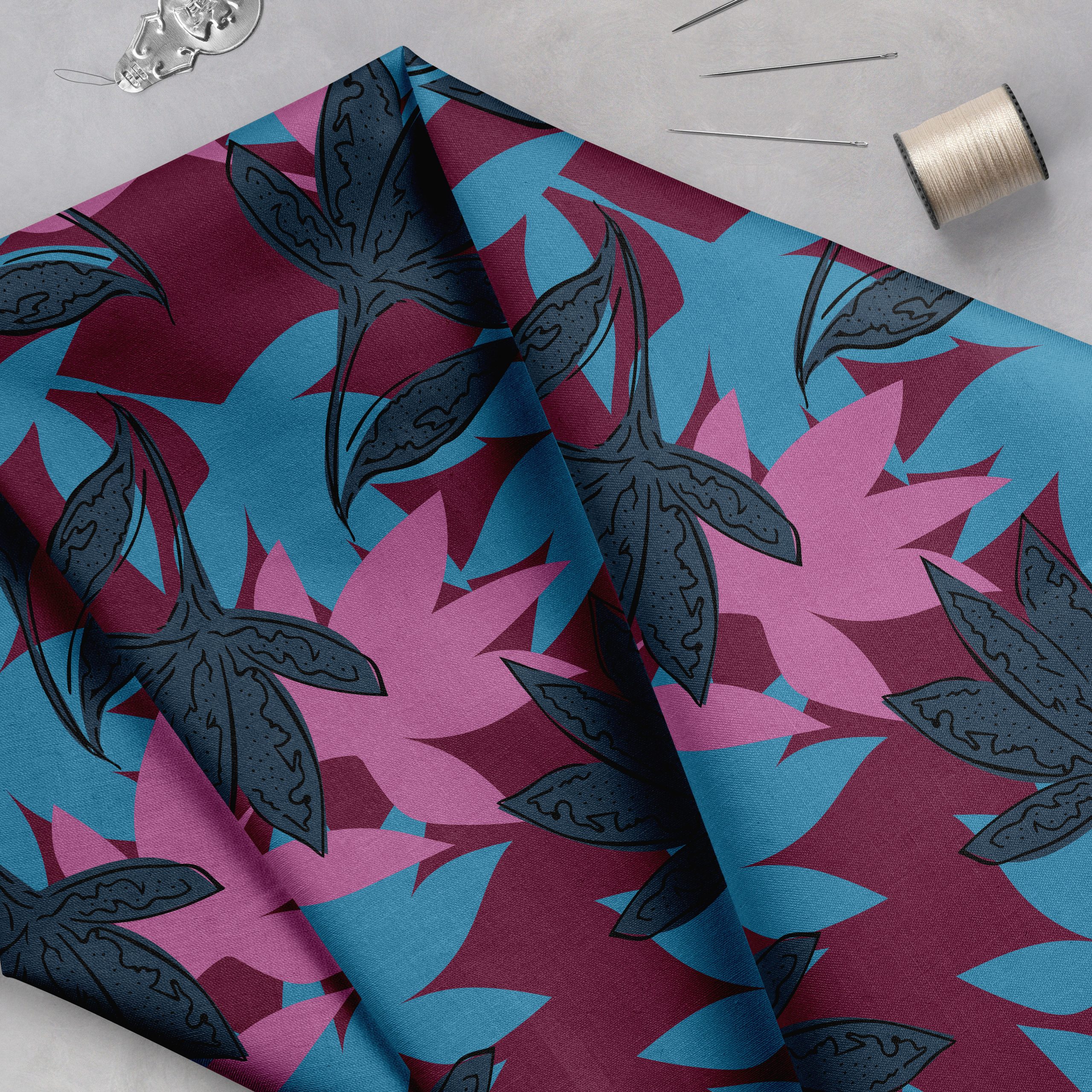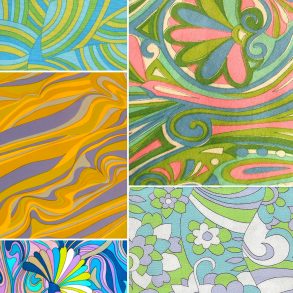Maiko Sakai is the founder of Airtight Concepts a business consulting firm that specializes in eliminating business stagnation. She serves as a business owner’s secret weapon/confidant to accomplish three goals: boost profits, work less, and increase business value. Maiko’s career began in licensing music for a major record label in NYC. When opportunities in music licensing diminished, Maiko pivoted to the financial side of the industry working as a business manager for the entertainment industry. She could only talk about finances with her clients, which she did not love. In hindsight, becoming a business manager was a valuable experience because she realized she enjoyed helping creative entrepreneurs thrive in a holistic manner, as opposed to helping them only through a financial perspective. This led Maiko to focus on building a business strategy consulting firm, one built for creators, creatives and creative entrepreneurs.

How do you use counterintuitive networking in your business?
An ironic thing about business consulting is that it takes a long time for business owners to seek our help because it is not easy to admit that they are in trouble. Normally, they would wait until they ran into dire situations. This is the reason I had to get creative in terms of how I network with people. Even on LinkedIn, you see businesses and owners only post highlight reels to show how well they are doing. It’s nearly impossible to know whether they need our help.
Overtime, I have found the most effective way to network is doing match making, by taking up the role as a connection broker that builds trust with people. Often, I ask what kind of support they are looking for. For example, if someone says they have a hard time delegating, instead of connecting them to a VA agency owner, I introduce them to another entrepreneur who overcame the same challenge so that they may be able to get sound advice from this person. It is all about serving others in a thoughtful way. Doing so will help them put their guard down. As a result, they feel comfortable talking about their business challenges.
How have you seen networking change in the past 2-3 years?
Yes. We cannot talk about the trends in networking without touching on the pandemic. It changed the way we interact and communicate with others. Sure, many businesses big and small opted for remote work and Zoom meetings before we went through the pandemic, but it truly accelerated this trend over such a short period of time where the entire workforce was forced to adopt the change. Also, the role of social media has shifted from being a supplemental marketing tool to a sales channel to keep businesses afloat. A lot of pressure was put on businesses to make virtual connections work for them. Ultimately, after a little while, we came to a conclusion that nothing could replace the experience of engaging with others in person.
But what does that mean to us business owners when it comes to networking? First, professionals and business owners are eager to attend more in-person meetups, conferences, and conventions. This means there are more visibility opportunities to boost our authority by pitching to be a speaker, panelist and facilitator at these events. Second, virtual coffee chats and Zoom networking events are here to stay. The trend I’m seeing right now is forming a small group of like-minded business owners to schedule monthly or quarterly virtual meetups throughout the year. Third, people are tired of doing traditional networking. They feel it’s a waste of time to attend networking events. Plus, they don’t want to deal with awkward conversations that drain their energy. Instead, they are keen on finding communities where they can nurture relationships over time.

How can textile designers effectively use LinkedIn to expand their professional network and showcase their work? Are there any features or tools that you recommend for creatives?
1) Text only post: This may surprise many textile designers as their intuition is to go with creating visual content to showcase their work. While I strongly recommend them to continue creating visual content, I want to share the power of text only posts. According to LinkedIn, text only posts generate additional reach and engagement rates of 35% and 25%. Clearly, we don’t want to ignore this format. But you might say, “If I can’t show my work, I am not sure what to write about.” Actually, there is a lot you can write about. Here are some examples:
- Write about your creative process
- Share your unique view on industry trends
- Talk about positive habits you practice that help you stay creative
- Write about someone you admire and tag the person
- Write a book or exhibition review that are relevant to your work
- Share use cases & client success stories and tag them
Here are some additional tips for text only content:
- An opening line needs to be attention-grabbing. No need to be polarizing, but it should be interesting. It can be a question.
- Be sure to create space after the opening sentence by hitting “enter” 3 times. What this does is to only show the first sentence in your post + “see more.” People will expand your post to see the rest if they are intrigued by your opening statement.
- At the bottom of your post, include your short bio explaining what you do.
- After you post, edit your post to include contact info or website address after the bio. LinkedIn does not favor posts that include links that force people to leave LinkedIn. But if you add it after your post is published, it does not create a negative impact.
2) Host or join LinkedIn Live: If you want to widen your reach on LinkedIn, you want to leverage LinkedIn live. People who watch LinkedIn live can be outside of your existing network. They can be people who are interested in the title of your livestreaming, meaning you get to attract people you want to connect with.
3) Become a LinkedIn Top Voice: This is somewhat of a new feature by LinkedIn where you can contribute to collaborative articles as an expert. First, you choose a topic/skill that you feel is relevant to your profession. Second, you start contributing your thoughts & views to the interactive/collaborative articles. Third, you connect with other contributors by commenting.
If you can be consistent with this, LinkedIn will notify you once it chose you to be one of Top LinkedIn Voice.
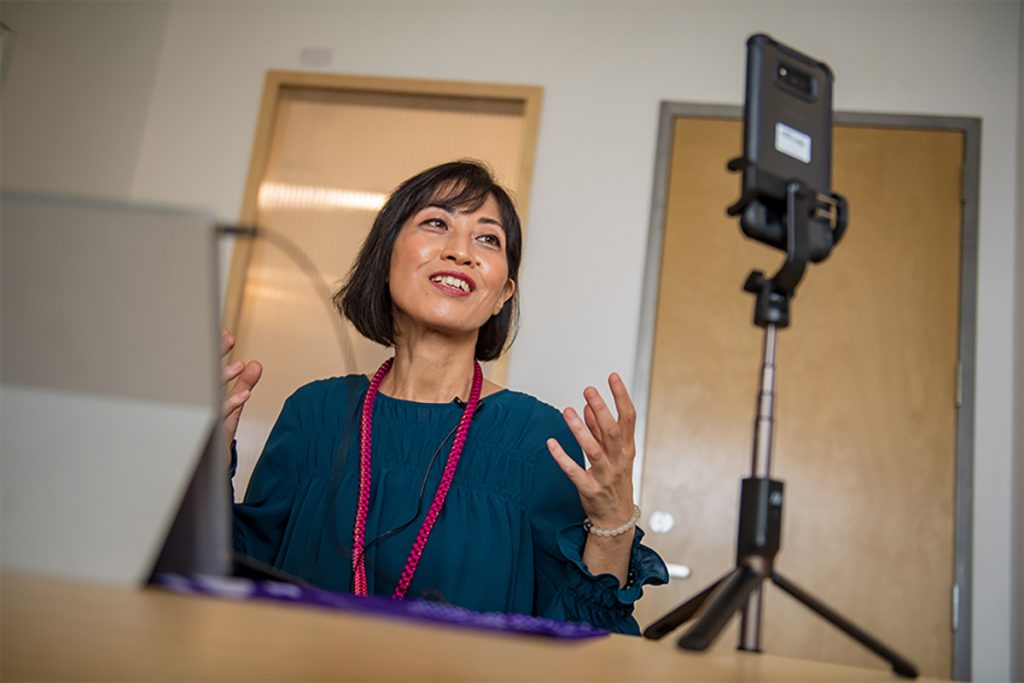
Can you share some tips for leveraging local community events and organizations to network and collaborate with other designers?
The biggest mistake we want to avoid while networking is not going outside of the industry we are in. Business opportunities are created when we show up where we don’t think we belong.
This is not to say that you stop collaborating with trade organizations. But I would like you to explore “out of the box” ideas without judgment.
- What if you can donate your work for a good cause at a gala organized by a local NGO?
- What if you pitch an idea to celebrate textile design books at a local library where you can showcase some of your work there as a local textile designer?
- What if you host a meetup for local designers at a restaurant that agrees to email the info to its newsletter subscribers?
- What if you collaborate with a local corporate event planner to design invitation cards?
- What if you organize a mixer for local designers through Chamber of Commerce?
- What’s important here is staying open minded for any ideas that come to your mind.
How can designers use LinkedIn to not only connect with potential clients but also to build relationships with suppliers, manufacturers, and other industry professionals?
Here is the easiest and most effective way to build relationships on LinkedIn. Actively comment, like and share content posted by people you want to connect with before sending connection invites. This does two things: first it shows that you care about supporting their work and lets LinkedIn know the type of content you are interested in so that it will make relevant suggestions such as who to follow & connect with. Also, your feed gets curated with relevant content.
But the downside of this strategy is we don’t get to do this if the people & businesses that we want to interact with post no content on a regular basis. In this case, the only thing we can do is to send connection invites with a thoughtful note. For example, I found someone I was interested in connecting simply because her headline was so clever. I sent an invitation with a note that said, “I couldn’t help but to send you an invite because your headline caught my eye. I love what you stand for.” We all get invitations that say, “I came across your profile, and I was impressed with your professional background…”
Don’t be that guy who says whole a lot about nothing!
Can you provide some advice on how to effectively follow up with contacts after a networking event or online interaction?
Before diving into the tips on following up, I would like to cover 3 helpful mindset tips for effective networking.
- Don’t make it mean anything negative when people you followed up with did not respond to you. Often times, they meant to respond but get sidetracked by something else. When the time they come back to their inboxes, your email got pushed way down. This is something that happens to all of us if you think about it.
- Following up is important, but not as much as what sales experts make it to be. This is one of the counter-intuitive strategies I offer inside my program, 10 Leads in 10 Weeks Challenge. I encourage the challengers to shift their focus to meeting new people vs. behaving like a sales professional trying to close by following up.
- When you actively meet new people, you are more exposed to the people who are not on the same wavelength as yours. Don’t let that discourage you because this is just part of the process.
I personally do not follow up often because I am more focused on meeting new people consistently. Psychologically, the act of following up tends to put us in a place of lack. We get obsessed over why they aren’t responding, and this causes our minds to spin out of control with frustration and resentment.
Another thing to keep in mind is that what we chase will run away from us. This is why it is counter-productive to focus our attention on following up. Instead, I work on believing that opportunities are abundantly available and that there are plenty of people to meet. While I keep myself busy meeting new people, I receive responses from the ones I pitched ideas to or offered to meet for a coffee chat a few weeks or months later.
Because I was not paying attention to non-responders, my reaction to the ones who finally responded is always, “Ah, great! I totally forgot I reached out to her.” It’s pleasant. No resentment or negative feelings. This is important because we want our networking effort to be sustainable. To achieve this, what we want to do is avoid emotional roller-coaster. It’s better to be pleasantly surprised by people responding to our outreach.
Having said all this, I do keep a journal called “People Journal.” I jot down who I interacted with that day without detailed notes. Once a month or every few weeks, I review my journal to find out if I need to circle back to any of them. So, my follow up strategy is very loose. I might follow up with someone in 2 weeks or in some cases, in 2 months. Also, I rarely say, “I’m following up on XYZ.” I just start a new email thread.

picture from www.picjumbo.com
How can designers use storytelling and personal branding on LinkedIn to make a memorable impression and stand out to potential collaborators or employers?
Create a few content buckets so that you get to offer different types of content as people digest information differently. Here are some examples:
Content bucket 1: Client success stories & use cases
Content bucket 2: Videos / Photos showcasing my work
Content bucket 3: Videos / Photos showing me doing something other than work
Content bucket 4: Creative or professional challenges that I overcame & how I did it.
Content bucket 5: Sharing peers work that I like.
Incorporating content that shows your personal side and sharing challenges that you overcame make potential collaborators, employers and prospects feel like they have known you for many years. No need to post this type of content all the time. This can be 10% or 20% of content you create. Additionally, always think about what type of content makes people want to comment and share. For example, people love commenting on a simple question. So, you may want to open your post with a question, then offer your own take supplemented by a story. Another example: Showing “before” and “after.” It can be about your skills that you developed. It can be about how you helped your client. This tends to grab people’s attention quickly, and as a result, it helps your work stand out.
What are some common networking mistakes that textile designers should avoid, both online and in person?
- Get too technical with the description of what you do. Unless you are talking with potential employers, the chances are, people aren’t familiar with what you do in detail. You want to keep it simple with some examples that people can relate to & easily understand.
- Too preoccupied with what you want to say and forget to listen to the person you are interacting with. I often use Maya Angelou’s famous quote to make my point. “I’ve learned that people forget what you said, people forget what you did, but people never forget how you made them feel.”
- Hold back on talking about what you offer. Granted, you don’t want to talk about what you do all the time, but when the time is right, you want to be prepared to talk about how people can work with you simply & clearly.
- Making it hard for people to see your work. LinkedIn, for example, allows you to upload presentations & sample work. If you are not taking advantage of it, you want to do so right now. Also, email signature is another place you can include your website info or the link to download use cases or sample work.
Maiko Sakai will present on this topic of Counterintuitive Networking to the Textile Design Lab May 15th at 1pm EDT. Download a PDF of this interview you can do that here.








